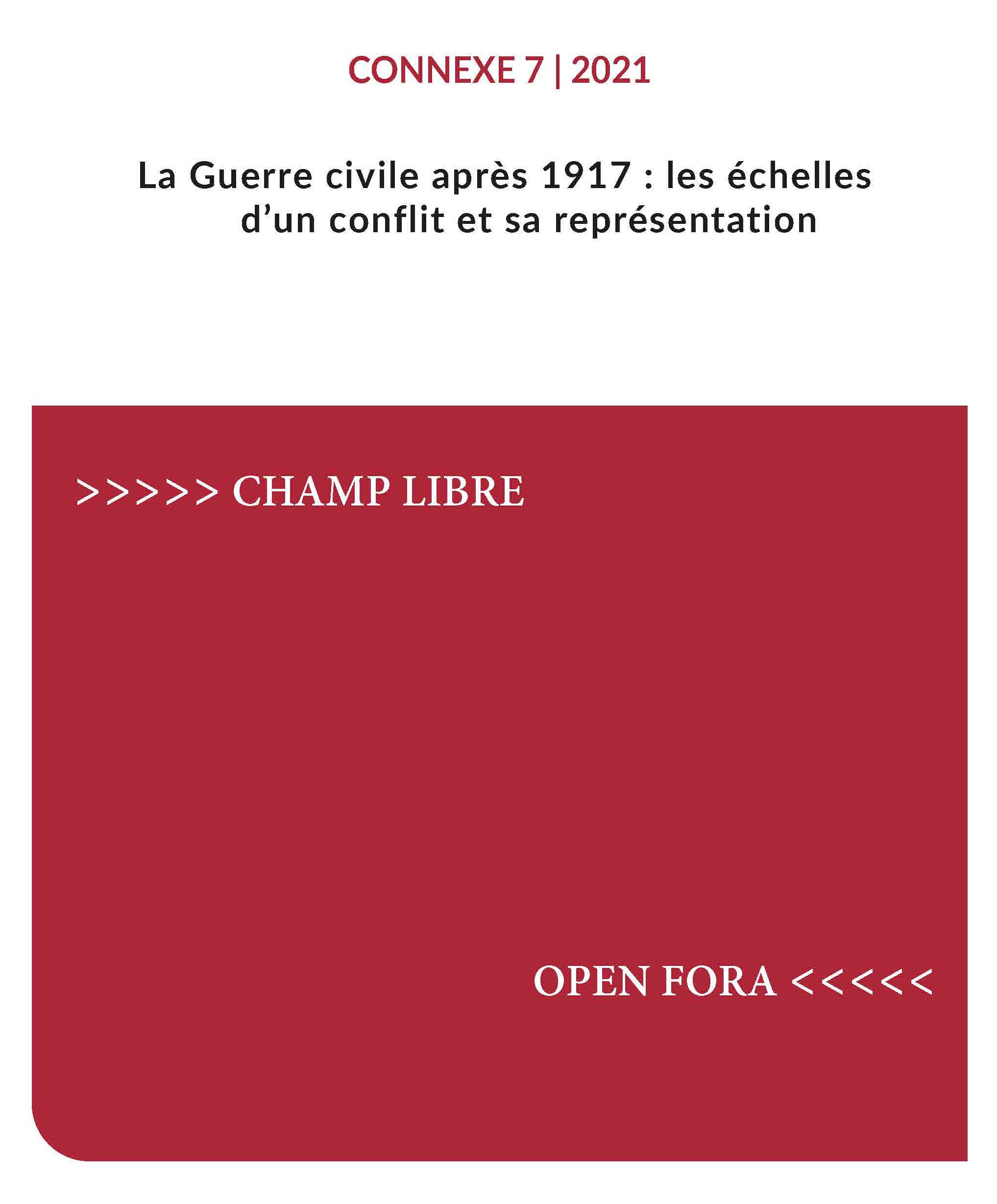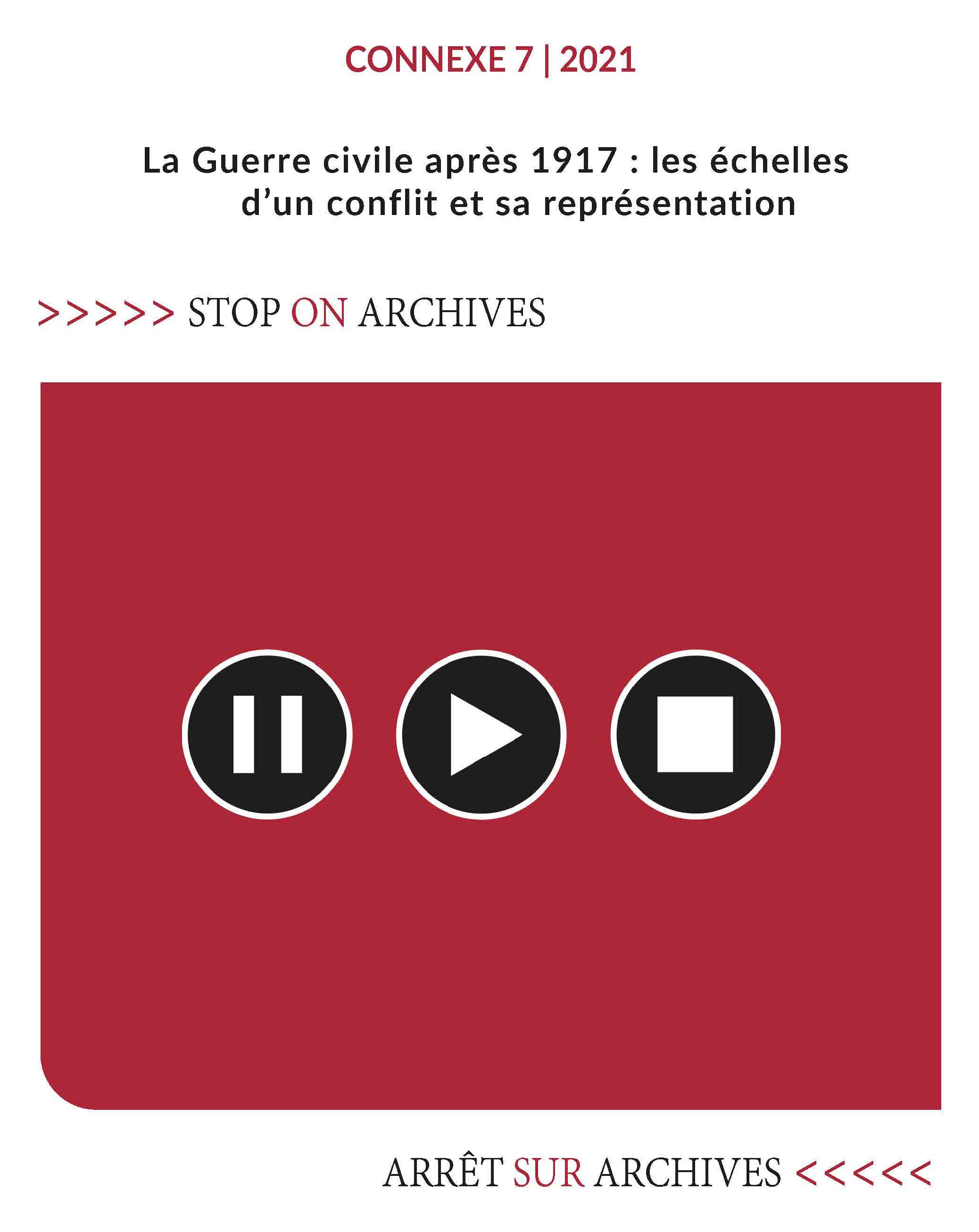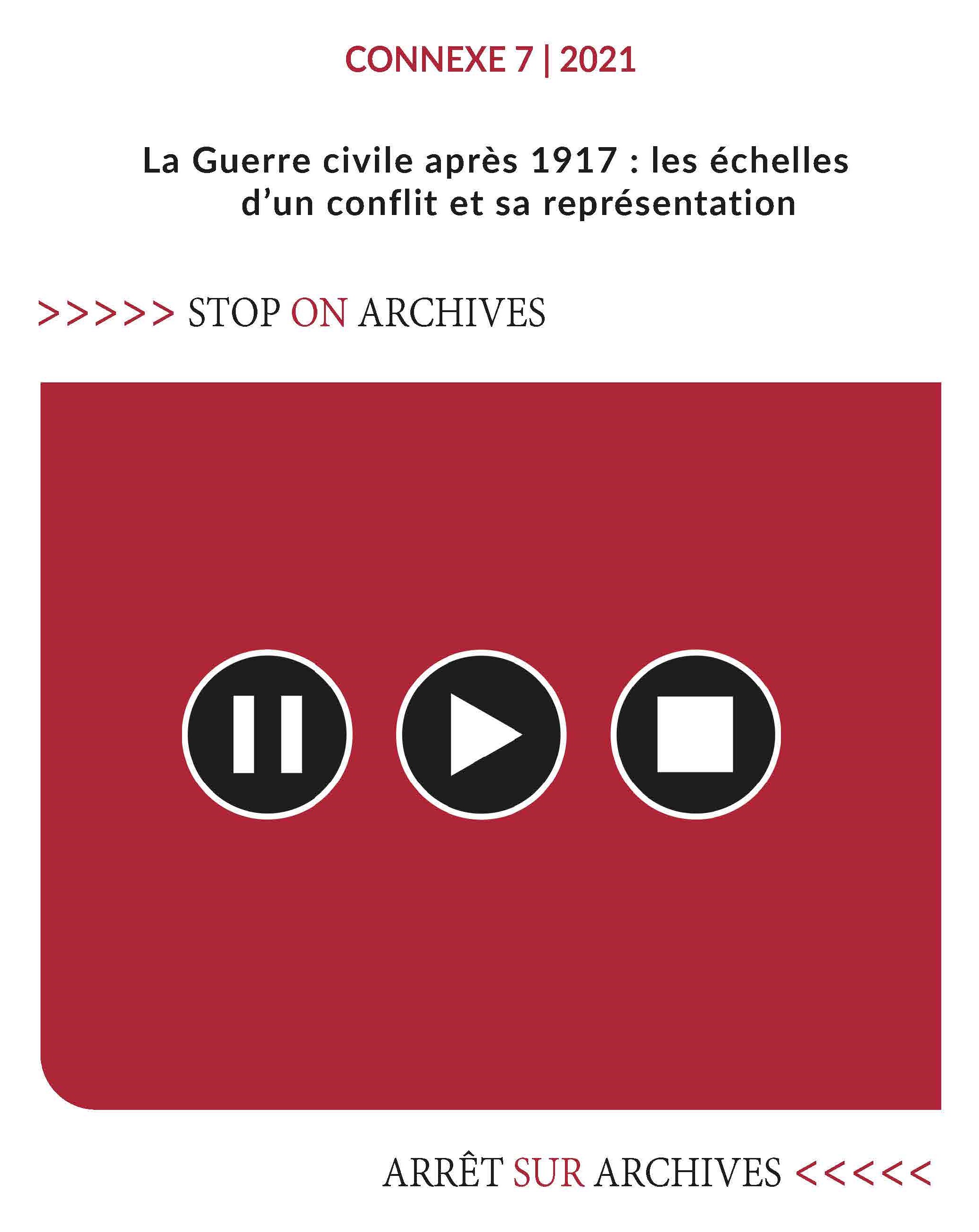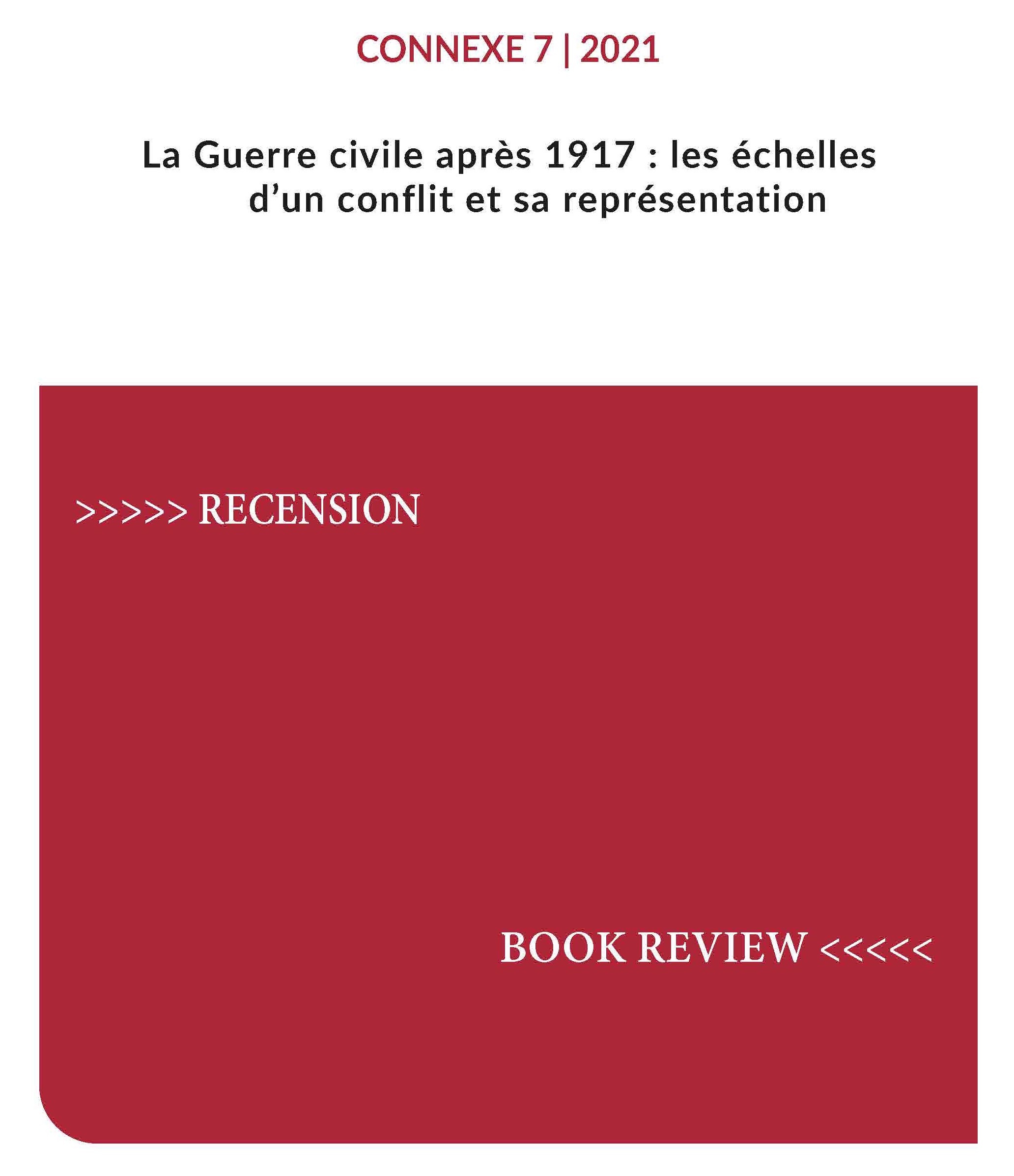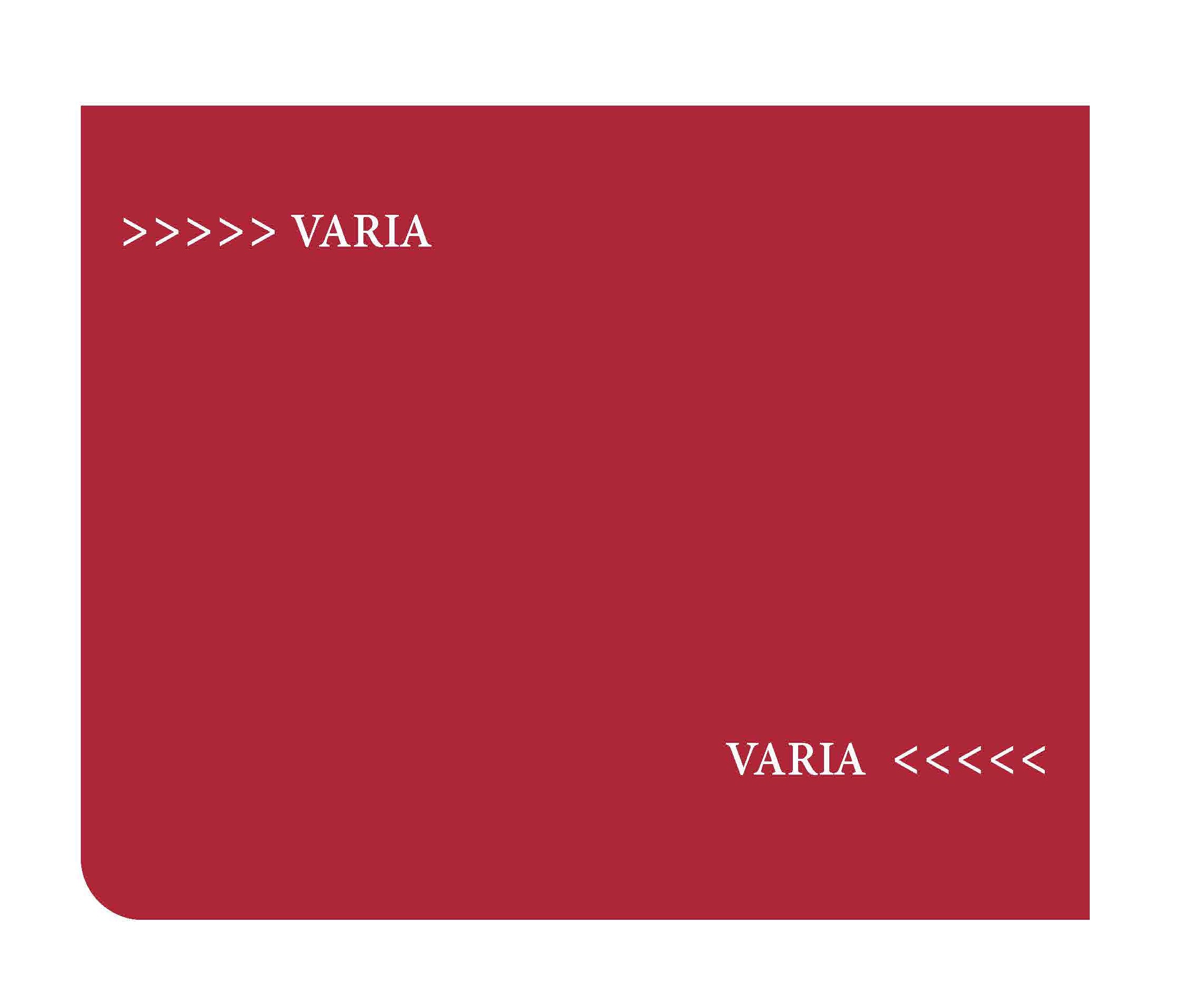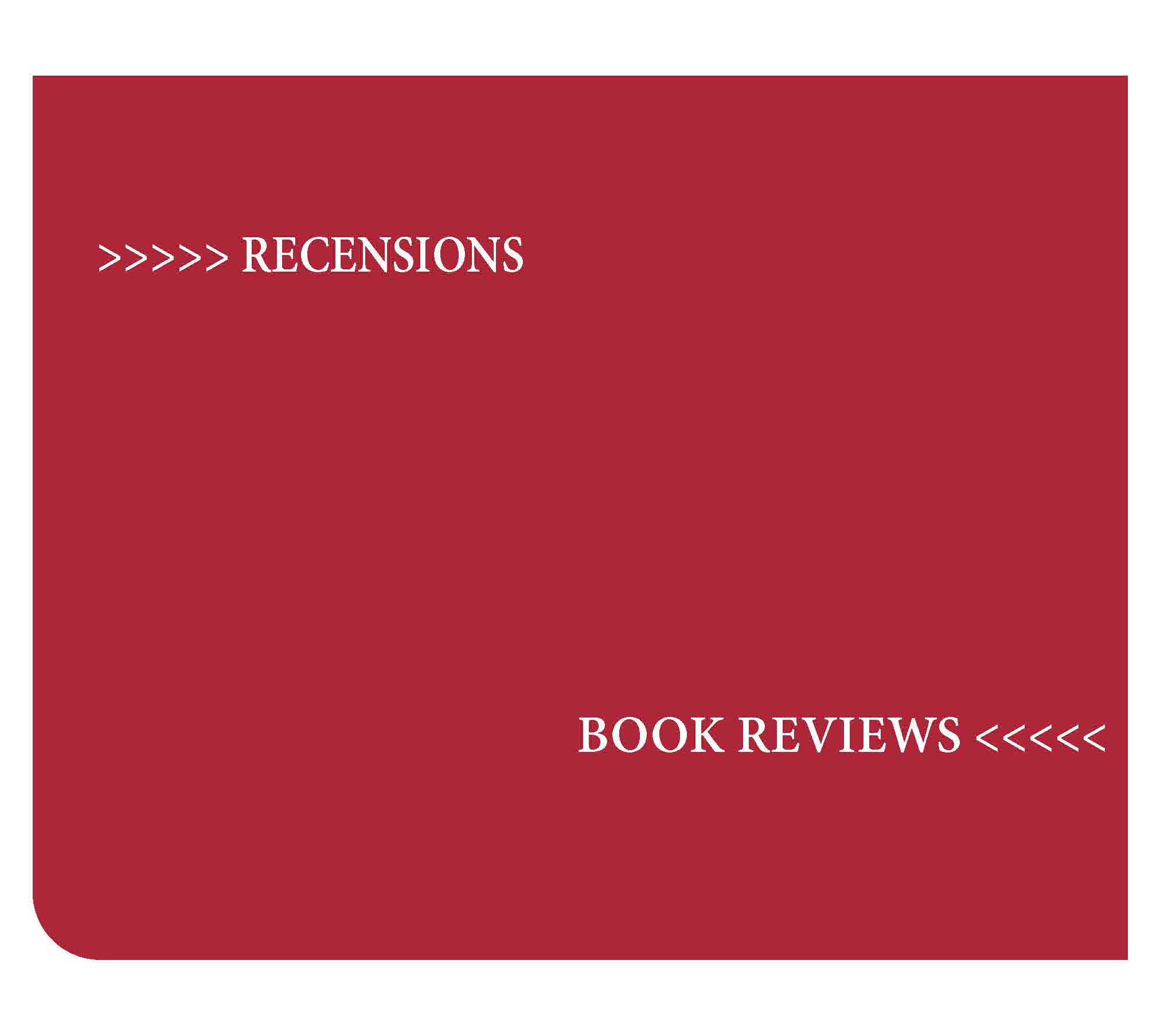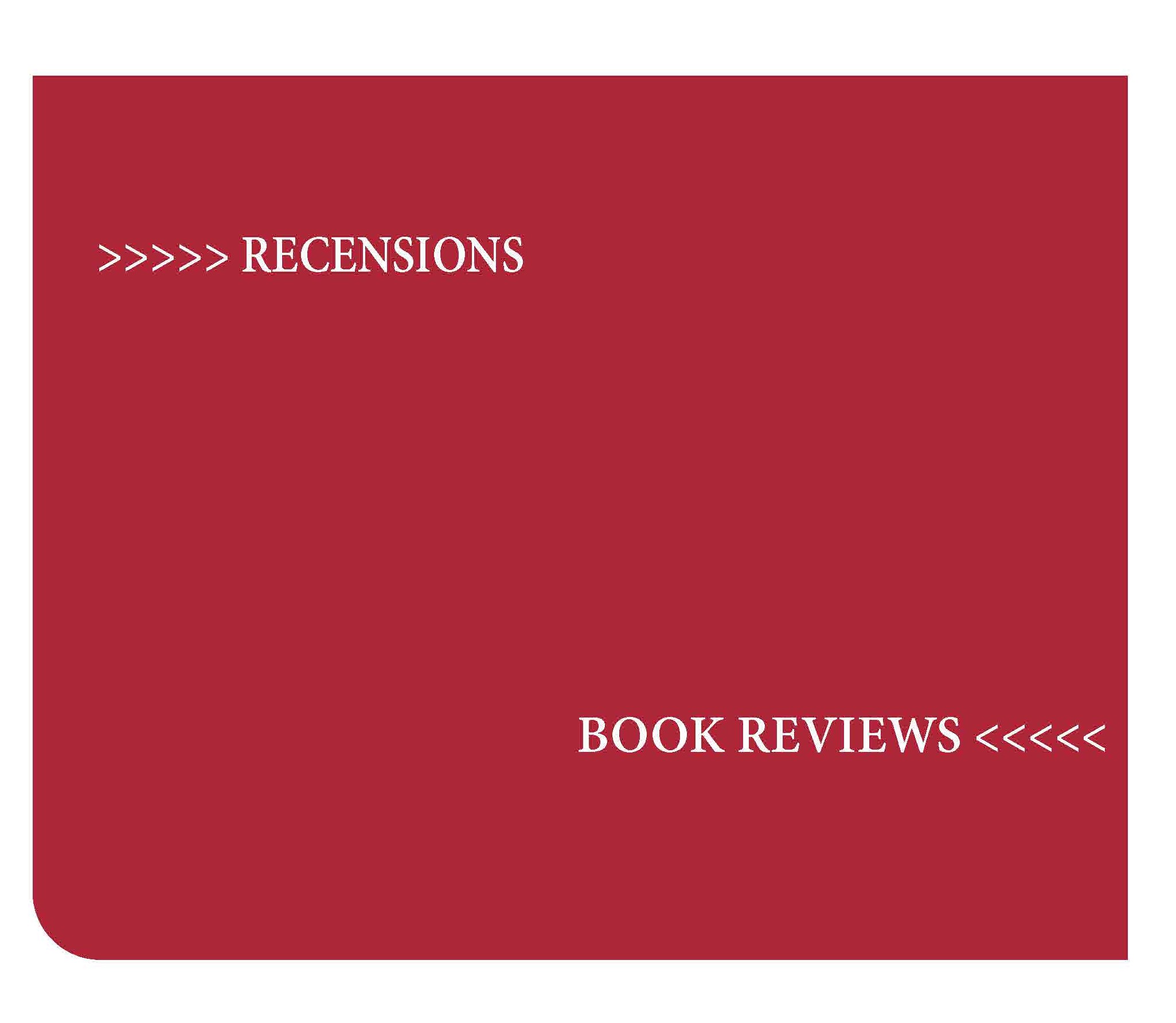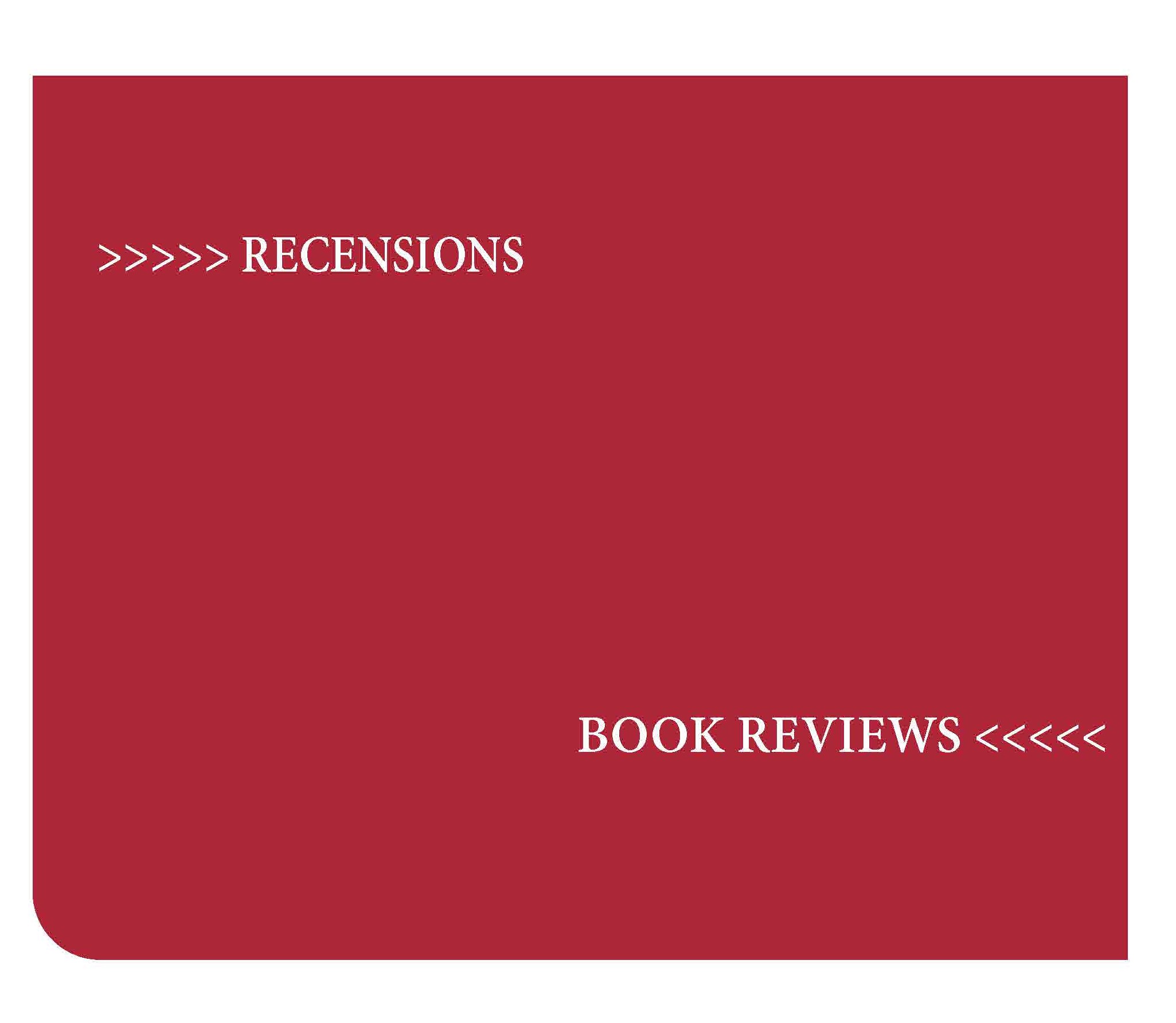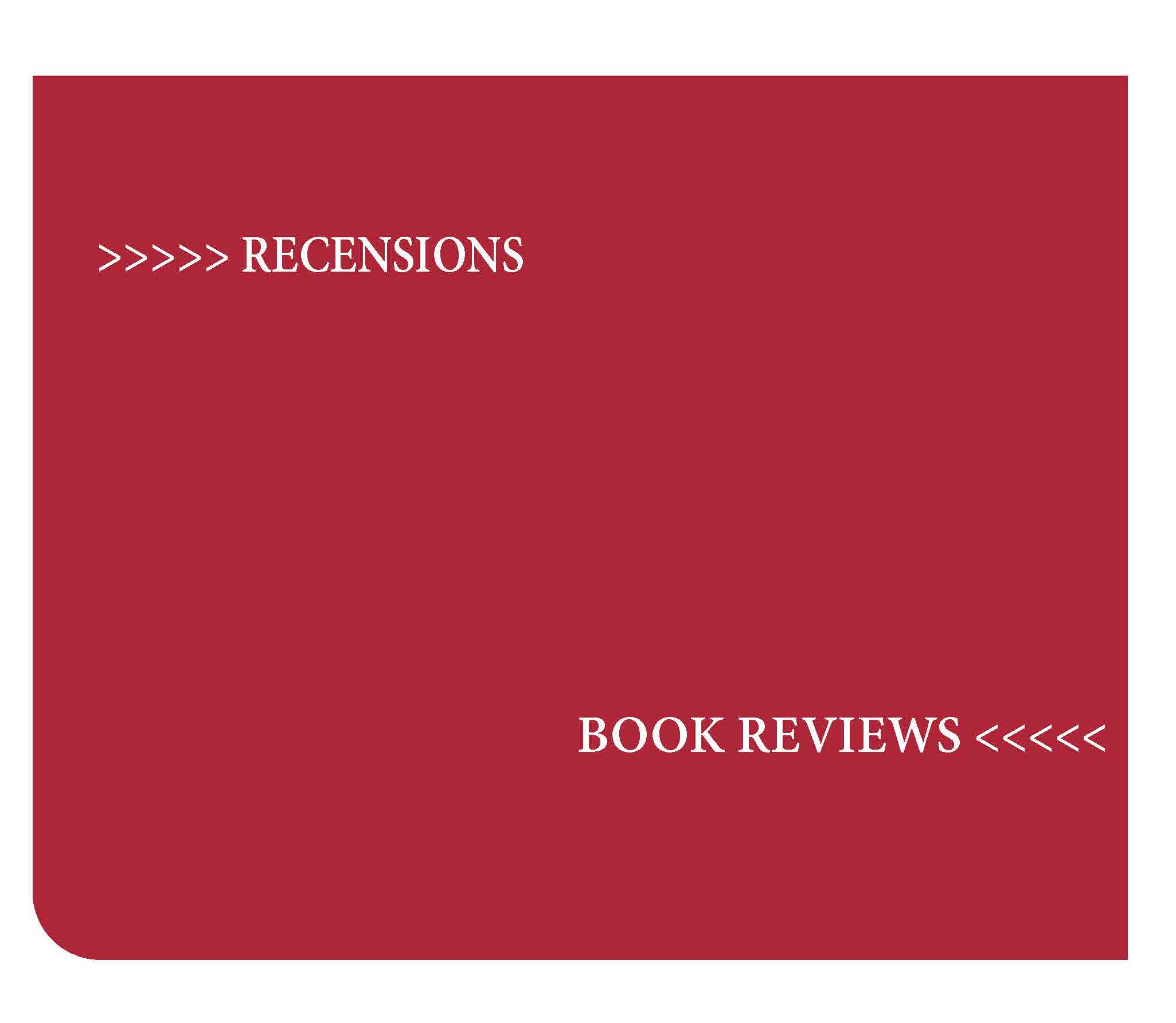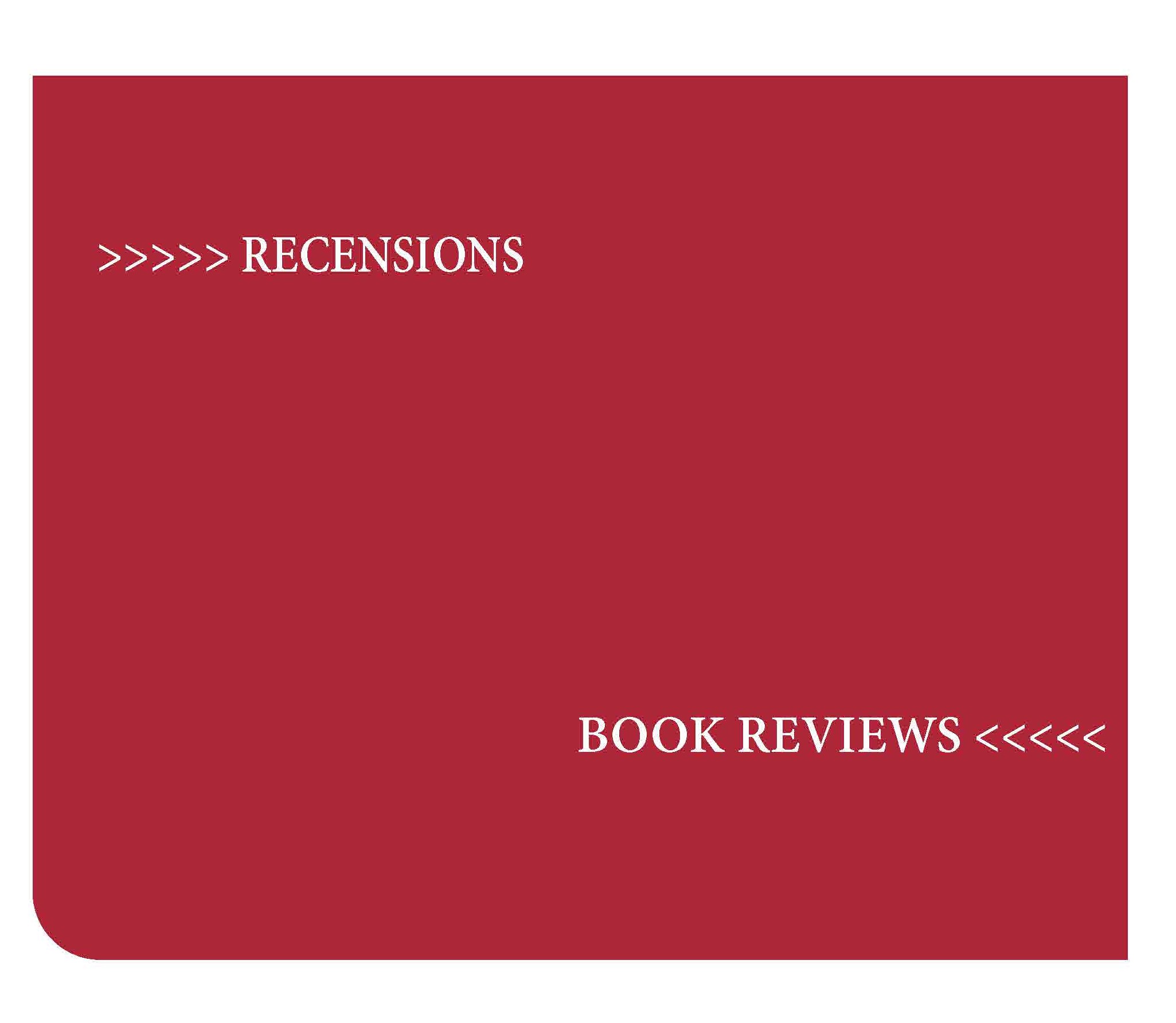Vol. 7 (2021): Russian Civil War after 1917: multi-level approaches to a conflict and its representation

One hundred years after the end of the Civil War in the former Russian Empire, we wanted to study these “naked" years, “[of] death, [of] lies, [of] anguish, [of] horror”, in the words of Boris Pilniak. To introduce the dossier, we draw on the work of Dominique Kalifa to show how a “semantic [and] memorial layer” was formed from the events of 1917–1921. The contribution of Hanna Perekhoda, from the University of Lausanne, addresses the reconfiguration of identity and new sovereignties through the emergence of the Soviet Republic of Krivoi Rog in 1918. Denis Denisov, from the EHESS, raises the question of social conflicts during the Civil War by studying the workers of the Sevastopol shipyards. The loyalty of former military officers to their convictions or their rallying to the new regime is the subject of the work of Kirill Nazarenko, from the State University of Saint Petersburg. He follows the fate of the fleet officers through the crisis. Elizaveta Zhdankova studies the reception of Soviet films on the Civil War by the spectators of the 1920s in the USSR. This dossier is completed by a study by Alexis Berelowitch on the peasants in the Civil War, combining archival documents and historiographical assessment. Alexandre Bourmeyster’s more personal text evokes the Ice March through his father’s story, who fought in the war. The dossier concludes with an analysis of an archival document on a French sailor who joined the Russian Bolsheviks during the Allied intervention. This last contribution has been done by Denis Denisov, who, at the intersection of “great history” and an individual destiny, retraces this journey.

